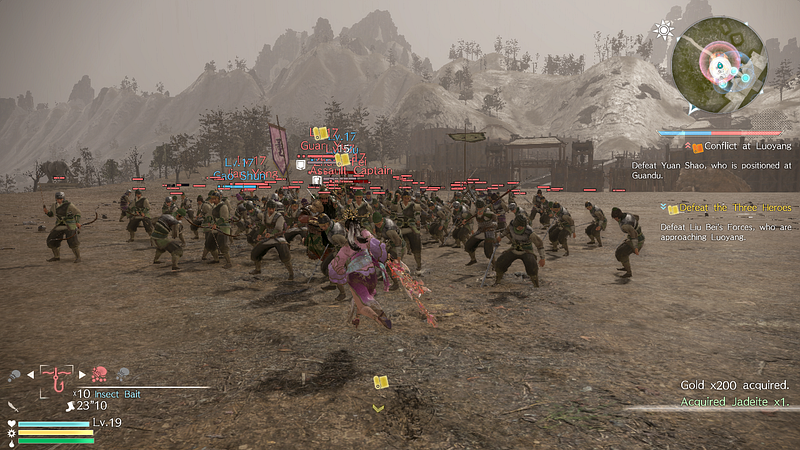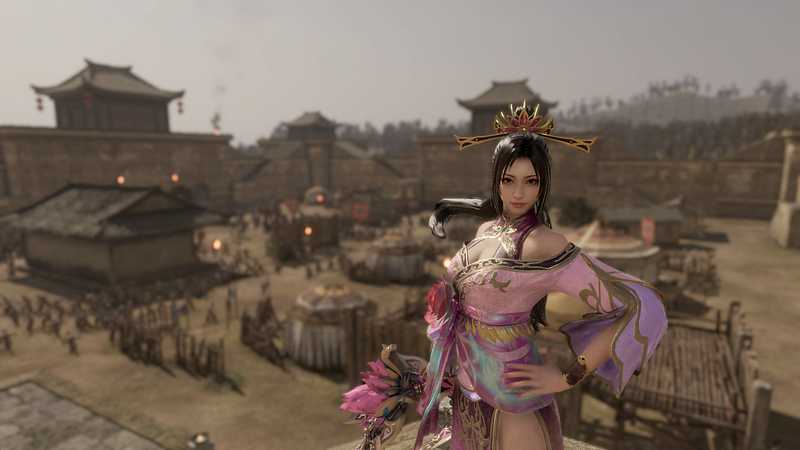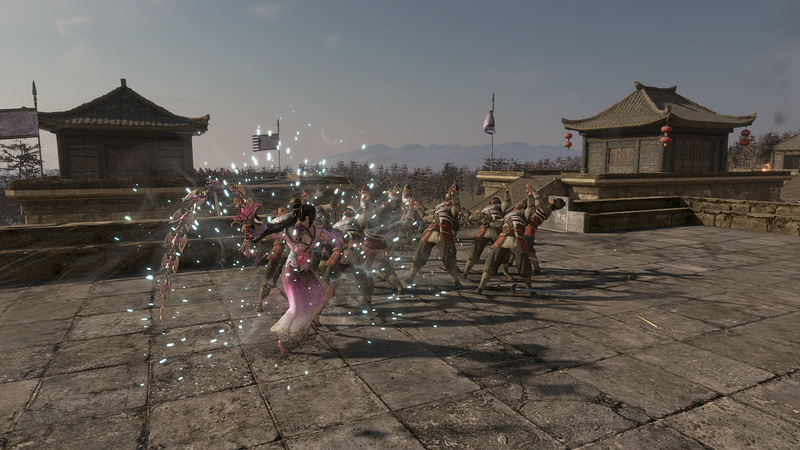The Xbox Series S: A Budget Marvel with Notable Shortcomings
Written on
Chapter 1: The Xbox Series S Experience
Having owned Microsoft's budget-friendly next-gen console, the Xbox Series S, for a little over a year, I can confidently say that it delivers impressive performance for its price. Yet, the longer I use it, the more I see the compromises made to reach the $299 price tag.
What aspects of these compromises stand out the most for me? Is it the absence of a disc drive? The meager 364 gigabytes of usable storage on a device marketed with a 512-gigabyte capacity? Or is it the lack of ray tracing in numerous major titles, despite it being a focal point in current graphics technology?
Actually, the most frustrating issue is the subpar performance in nearly all Xbox games released before 2020. Despite its robust hardware, the Series S is limited to using the base Xbox One settings for older games. It cannot leverage the "One X Enhanced" profiles that have been rolled out from 2017 onward without specific updates from developers.
This paragraph will result in an indented block of text, typically used for quoting other text.
Section 1.1: Performance Discrepancies
As a result of this limitation, I find myself playing games like Dynasty Warriors 9 at a resolution of just 720p. While the loading times and overall framerate see some improvement thanks to the Series S's hardware enhancements, a significant portion of its capabilities remains untapped because Koei hasn't updated the game for the new generation. On my One X, the resolution is much higher, with reduced aliasing and enhanced overall effects.
On paper, this performance gap is somewhat understandable. The One X boasts a larger RAM capacity (12 GB vs. 10 GB) and greater overall bandwidth. Depending on the metric, its GPU may also outperform the Series S. However, the Series S features a notably faster CPU and a newer GPU architecture that benefits from years of advancements in technology.
The Series S is indeed a next-gen console. In titles that offer official support, it showcases an astonishing level of raw performance, coming impressively close to what I would expect from my high-end gaming PC or more expensive consoles. While it may not achieve 4K in most titles, it consistently runs games at 60 frames per second or 30 frames per second with high-quality visuals.

Section 1.2: Backward Compatibility Challenges
I appreciate that Xbox's backward compatibility program allows me to enjoy all Xbox One titles on my Series S, but many of these games appear rather lackluster. While it's great that they run smoothly, I recognize that the Series S is intended as a successor to the One S, not the One X. However, the difference in performance between patched and unpatched titles is striking. The Series S is unfortunately hindered by Microsoft's previous hardware choices, which aim to create a distinction for the Series X.
A handful of older Xbox games have received updates for Microsoft's new consoles, and in these instances, the Series S truly shines, amplifying my frustration further. For instance, Assassin’s Creed Odyssey originally ran at 900p and 30 frames per second on the Xbox One, and thus also on the Series S. However, after receiving a next-gen patch, players on the Series S can now enjoy it at 1080p and a full 60 frames per second. Newer Ubisoft titles like Valhalla and Immortals provide Series S users with options between a 60 FPS mode that lowers resolution or a 30 FPS mode that emulates the One X settings.

Chapter 2: The Future of the Series S
The first video discusses the top 10 aspects of the Xbox Series S that players find unappealing, highlighting its limitations despite its many strengths.
The second video explores concerns regarding the Xbox Series S's performance, questioning whether games are struggling to run on this console.
The additional CPU and GPU capabilities in the Series S could likely support many more One X enhancements than it currently does, but I suspect that the lack of developer resources and time plays a significant role. This situation makes the $499 Series X model—often difficult to find—more appealing.
Ideally, I'd love to see a feature similar to the PS4 Pro's boost mode, allowing older Xbox titles to utilize the additional power of newer consoles with a “use at your own risk” disclaimer. This would benefit not only the Series S but also the Series X when playing older games that lack One X enhancements.

In conclusion, I genuinely enjoy the Xbox Series S and believe it strikes an extraordinary balance between price and performance for any gaming console. It supports numerous next-gen features such as ray tracing, near-instant loading times, quick resume, and high frame rates. However, it can be jarring to transition from an exhilarating session of Halo Infinite or Forza Horizon to an older third-party game that looks significantly worse.
I understand I might be one of the few still playing older Dynasty Warriors titles on a Series S, and I could easily switch to another platform to avoid these issues. Yet, that’s not the point. The Xbox Series S is a fantastic little console, and it’s frustrating to see its potential sometimes go unfulfilled.